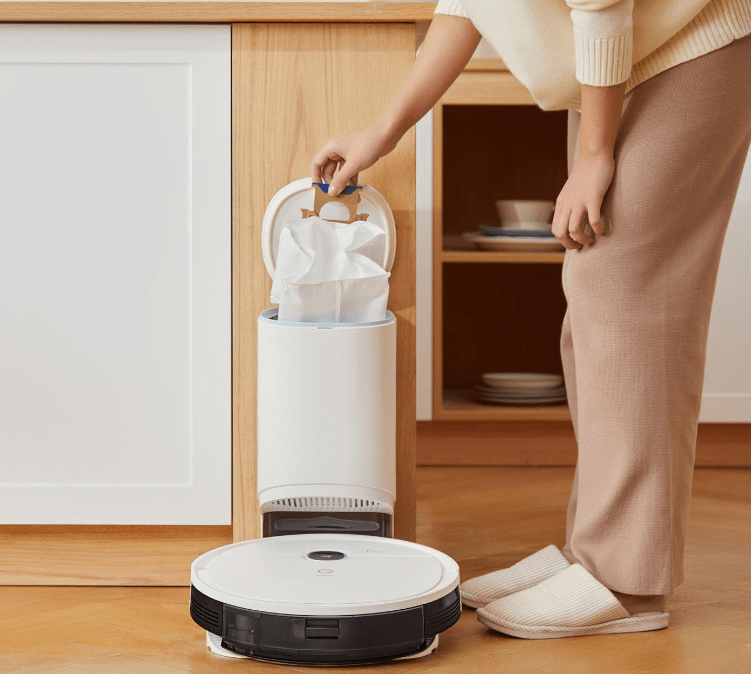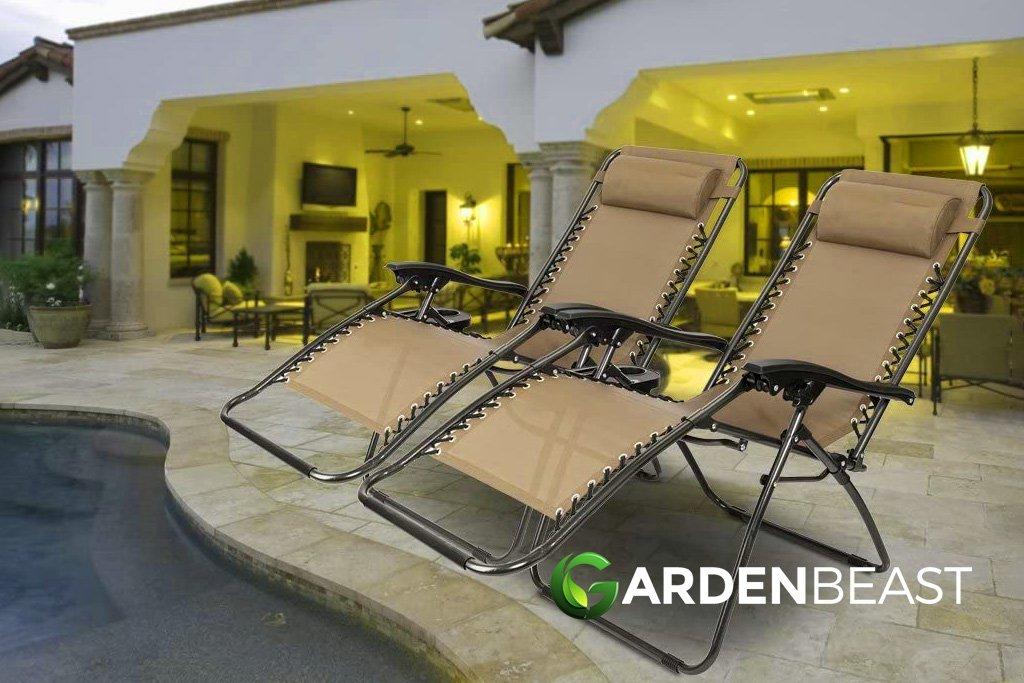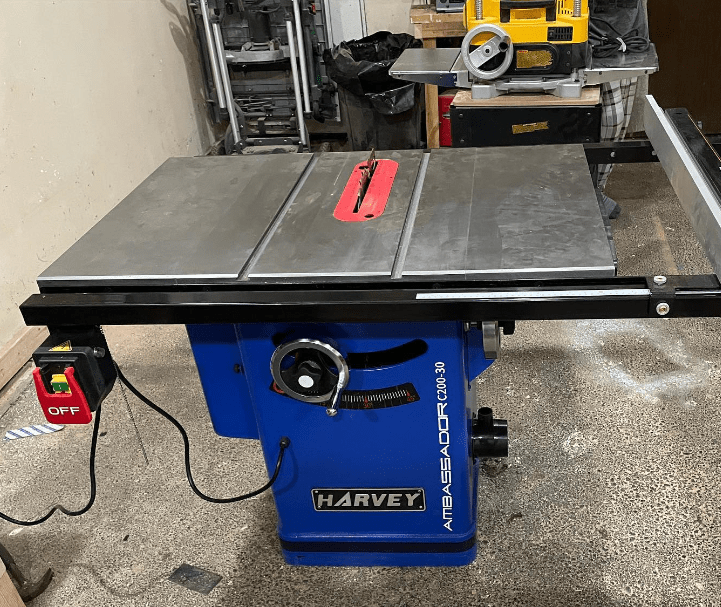Airsign Vacuum Review: You’re not the only one who thinks vacuum cleaners don’t work the way they’re meant to. Guerra Office, the award-winning design studio founded by Joseph Guerra, is on a mission to alter that. As of today, Airsign is an Appliance company formed by Joseph and ready to shake up what has been an industry dominated by cumbersome, unattractive cleaners that are difficult to store.
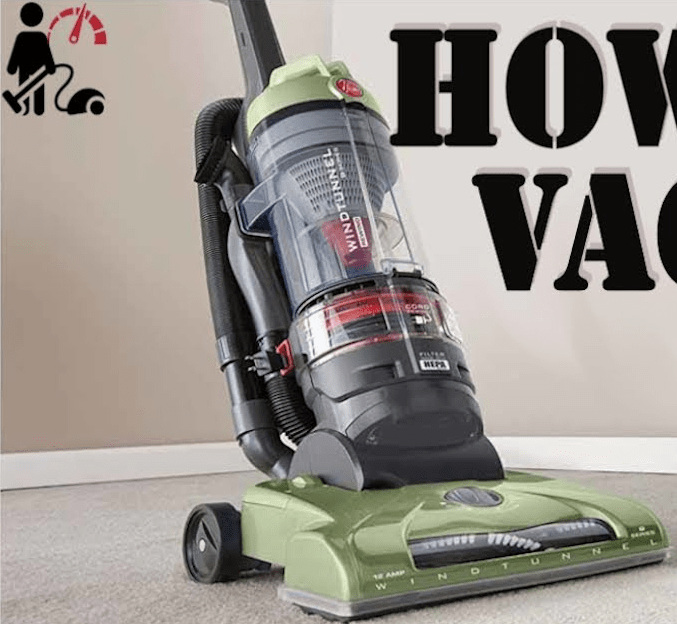
The Airsign HEPA Vacuum may look daunting at first, but it isn’t. The tiny, canister-style vacuum cleaner has a more modest appearance than its competitors, although being bolder overall: Nothing about it screams “surface cleaner,” not the exposed gears, not the plastic faux-chrome finishes. The plastic semi-matte chassis looks like a high-end suitcase rather than an ordinary vacuum cleaner. My natural skepticism kicked in right away, and I began to wonder if this vacuum was really that good. Surely a product that looked this beautiful could keep my flooring in excellent condition. I wasn’t sold, but I was curious enough to look into it further.
After becoming dissatisfied with the options on the market, Joseph decided to construct his own vacuum cleaner—one that was meant to be seen. For such a common and essential item, there wasn’t a user-friendly and long-lasting vacuum cleaner that looked and worked as well as it did, he explains. After thinking about the needs of the modern buyer, Joseph began to envision his ideal vacuum, one that was not only beautiful to look at but also simple to operate and considerate of its influence on the environment.
The system includes Biodegradable Dust Bags
In addition to the aluminum wand, hose, tool holder, and three different cleaning heads, the system includes biodegradable dust bags that are available for $295 on Airsign’s website. Along with Joseph’s preferred 100 percent recyclable metal wand, the vacuum is constructed from 20 percent recycled plastic and engineered to be totally recyclable at the end of its lifecycle. Joseph is a firm believer that environmental concerns must be taken into account when making policy decisions. In order to suit the needs of consumers who are increasingly concerned about the environment, brands must adapt and develop their businesses, and Airsign is no exception to this,” he says.
The vacuum is straightforward to put together and take apart, and changing the dust bags is as simple as sliding them out and back in. I was instantly impressed with the vacuum’s user-friendliness, and I enjoyed the simplified buttons for increasing suction power, retracting the power cord, and turning the vac on and off (though they do require more than a soft touch to get going). In spite of my initial concerns about the floorhead’s lack of padding hurting my floor, it proved to be deceptively gentle while still sucking up the majority of trash in the first pass. I’m quite impressed with the suction power of this vacuum.
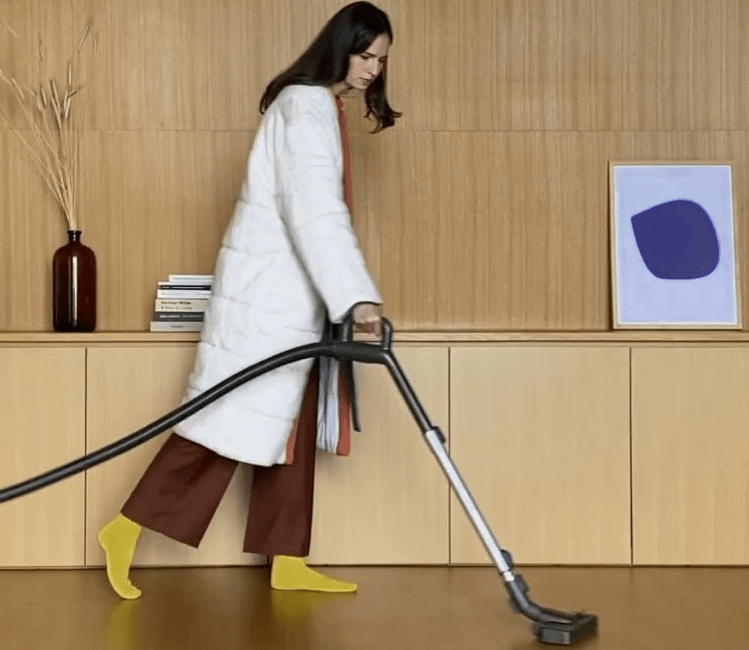
Another feature that jumped out to me was the vacuum’s mobility, in my opinion. The vacuum’s aerodynamic shape, which allows it to swivel, roll, and rotate about with ease, is something Joseph spent a lot of time working on. This makes it easy to clean under the bed or behind low-bearing coffee tables. It was a challenge, but “we are really thrilled with the final outcomes,” he says of the comprehensive approach. Also included was making sure the product had elements that were good for people’s health. A basic HEPA filter system of an Airsign vacuum traps 99.995 percent of dangerous particles, but regular vacuums actually impair indoor air quality by removing pollutants from carpets and releasing them into the atmosphere.
Airsign’s ultra-compact vacuum weighs
Overall, I was satisfied with the HEPA vacuum after using it on three surfaces (hardwood, tile, and two types of low-pile carpets). The suction power, which can be adjusted in three increments, is by far the most impressive feature in my opinion. On the highest level, the vacuum picked up hardwood debris on the first pass, while the lowest setting was excellent for removing stubborn dirt from my area rugs (though you may want to skip running it on very delicate carpet types). Airsign’s ultra-compact vacuum weighs in at little under 10 pounds and is just under 16 inches tall, making it a great fit for any modern home. It’s also designed to be completely disassembled and repurposed when the time comes.
Joseph has worked with organizations like Google, Outdoor Voices, and Dims in the past, and he has a proven track record in the field of mindful design. That being said, he experimented with every aspect of Airsign’s design, and the results are evident. One of Joseph’s top concerns, he says, was to include functionality that addressed actual user demands. This was not built into the product if it did not assist customers to have a better experience vacuuming. “The brand is only getting started and fans should expect more to come,” he said while discussing the future of the company. Aim: “Airsign’s mission is to make goods for the house that are simple to use yet beautiful at the same time, and we’ll keep going until we’ve covered every space.”
Vacuum controls feature large buttons designed to be operated by the foot, and tactile feedback is provided through latches, snaps, and buttons on the vacuum. Even though I only had a few minutes to spend with a review sample, I was impressed by how well-built it was and how matte the finish was compared to my decade-old compact canister Miele. Their commonalities include a 1200W engine, a sealed chamber, and a real HEPA filtration cartridge that can be swapped out if it becomes clogged while in use.
Introducing the Vacuum Vibe Shift!
Millennial reinterpretations of classics may be found if you spend enough time scrolling through Instagram: Great Jones reworks cookware, Year & Day reimagines dinnerware, and Backdrop and Clare reimagines paint. Mattresses, sofas, and even picture frames are all on the list. And, to borrow a term from my own generation, I’m here for it, having been born in the glorious year of 1985. Everything. That’s why I was so excited to learn about Airsign’s $295 DTC vacuum, which they’re launching in partnership with Shark. For a while, I was drawn in by the brand’s creative advertising.
Airsign appears to be most suited for tiny homes or apartments, where a single lightweight canister can do its best to keep floors, upholstered furnishings, and other interior details free of dust. While the Airsign did not clean carpet tiles and rugs as well as our Miele and Dyson stick vacuums did on both short and long woven surfaces, the lightweight maneuverability made carrying and cleaning across a two-story home simple rather than a tedious task, especially in the kitchen and on hardwood flooring where the floorhead slid easily.
It’s important to Airsign that their vacuum contains at least 20% recycled plastic, and the entire vacuum is designed to be disassembled and recycled at the end of its useful life. There is no glue, permanent snap-fits, or painted or co-molded parts to inhibit the safe recycling of parts in this new generation of consumer items that incorporate material circularity as an inherent and commendable quality. Both the wand and the carry handle are constructed of 100 percent aluminum.

